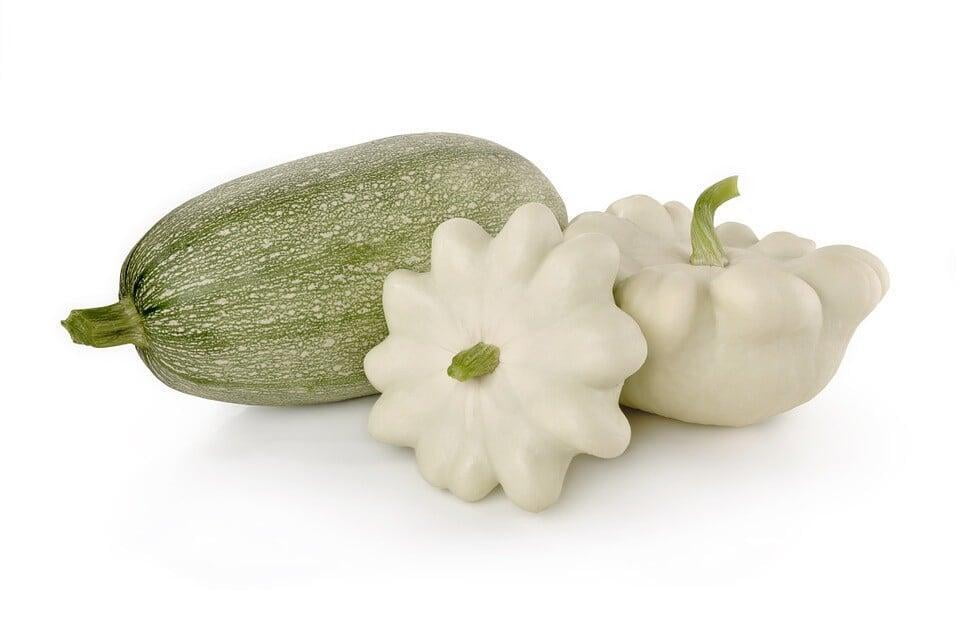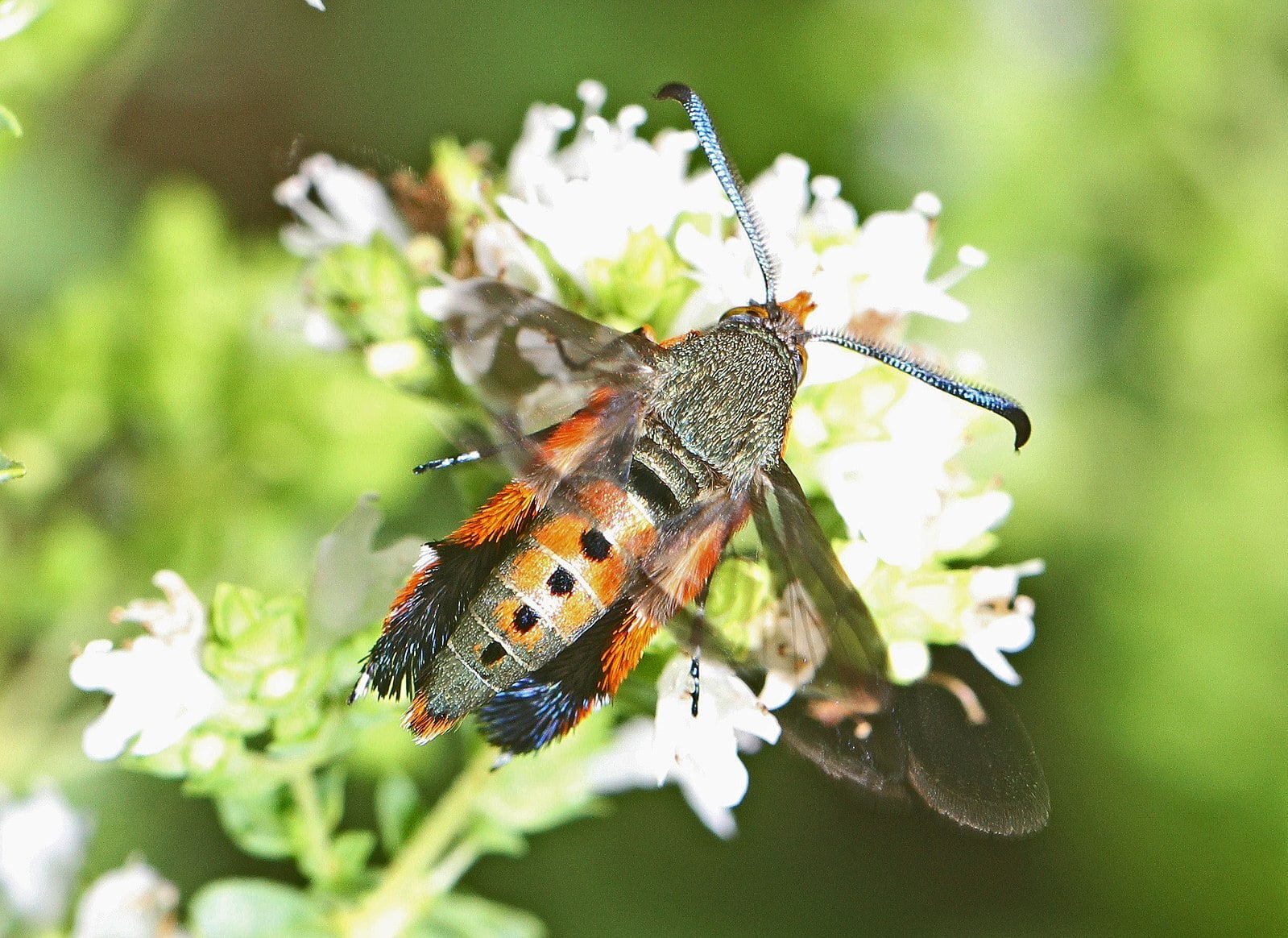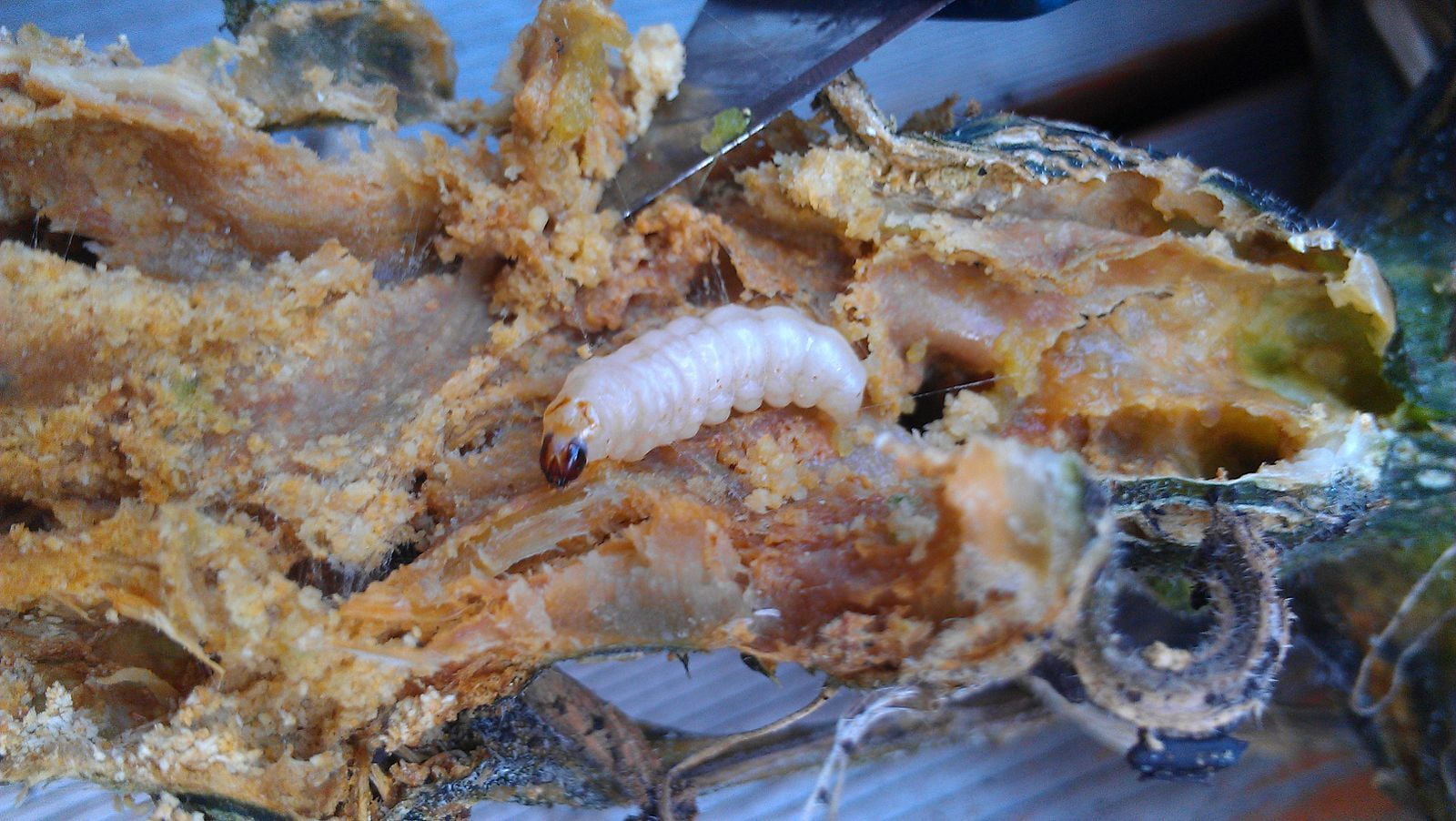Among all the group vegetable varieties, squashes come with the most diversity in shape, size, and overall appearance. Squashes come under Cucurbita species in gourds family, Cucurbitaceae.
Summer squash and winter squash

There are two different types of squashes, summer and winter squash. Summer squash is harvested during the summer season when they are still immature. It includes zucchini, crooknecks, straight necks and patty pans. Winter squashes are harvested during the end of the summer season when they are fully mature. Winter squashes are the most diverse group of squashes, where it includes acorn, buttercup, butternut, banana, and spaghetti.
Squash Vine Borer
But to grow these beautiful and nutritious squashes, we must tackle one of the most destructive pests - Squash vine borer. If you are a new gardener, you might not have an idea what squash vine borers are and the damage they can cause to the plants. Squash vine borer (Melittia cucurbitae) larva, chew the internal contents by forming tunnels into the stem. Tunnelling often kills the plants, as food and water-conducting tissues get damaged when larva feeds at the basal portion of the vines. Sometimes fruit also gets damaged due to borer attack. Along with squashes, it also causes damage to cucumbers, melons, and pumpkins.

How do they look?

Squash Larvae
These are the immature larvae, white or cream, with a brown head, measures almost an inch in length. Adults have an orange abdomen with black dots. Its first pair of wings are metallic green, and the second pair of wings are transparent.
What are the symptoms to look out for?
- Sudden wilting of plants.
- Holes at the basal region of the stem and sawdust-like insect waste confirms the presence of borers.
Control measures
- Pull out and destroy the plants if squash vine borer attack kills it.
- Grow resistant squash varieties.
- Go for Bt formulation sprays on leaf stem and main stem of the plant.
- Use insecticides spray in case of severe infestation.